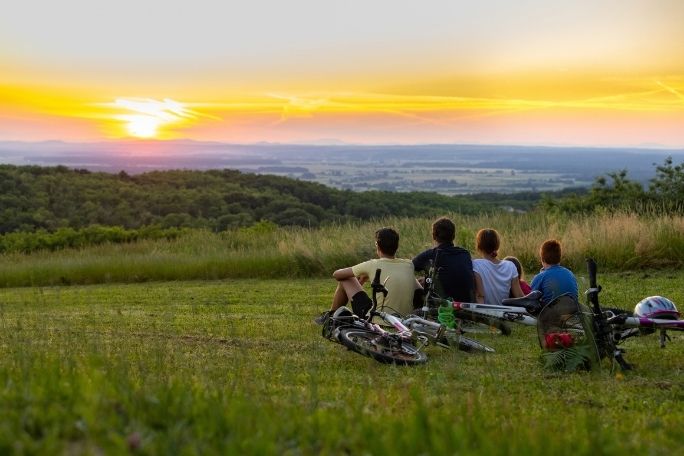Lesson Summary
Through investigating various case studies and discovering which behaviours, feelings and emotions might occur after a traumatic event such as a fire or flood. Students will learn about their peers’ strategies to help overcome situations that elicit a fight, flight or freeze response. Based on recommendations from the Australian Psychological Society, students will create a four-step AIME strategic plan to assist them in the event of a natural disaster.
Learning intentions:
Students will...
- develop a strategic plan to follow in the event of a natural disaster
- collaborate efficiently to share coping strategies.
Success criteria:
Students can...
- discuss possible responses to trauma and how people react and respond afterwards
- analyse and discuss a series of trauma case studies
- identify ways to manage their response to a natural disaster
- develop a strategic plan to follow in the event of a natural disaster.
Lesson guides and printables
Curriculum links
Select your curriculum from the options below.
Lesson details
Curriculum Mapping
Australian Curriculum content descriptions:
Year 7 HPE:
- analyse factors that influence emotional responses and devise strategies to self-manage emotions (AC9HP8P06).
- refine protective behaviours and evaluate community resources to seek help for themselves and others (AC9HP8P08).
Syllabus outcomes: PDHPE4.3.
General capabilities: Personal and Social Capability.
Cross-curriculum priority: Sustainability.
Relevant parts of Year 7 & 8 HPE achievement standards:
Students analyse factors that influence emotional responses. They investigate strategies and practices that enhance their own, others’ and community health, safety and wellbeing. Students demonstrate skills to make informed decisions, and propose and implement actions that promote their own and others’ health, safety and wellbeing.
Level of teacher scaffolding: High – the teacher will need to explicitly introduce new concepts to students, facilitate class discussion and actively prompt students to reflect and build upon their learning and understanding.
Resources Required
- A4 Paper – one page per student
- A device capable of presenting a video and images to the class
- Student Worksheets – one copy per student
Skills
This lesson is designed to build students’ competencies in the following skills:
- Communication
- Critical Thinking
- Empathy
- Social Skills
- Collaboration
- Leadership
Additional Info
We encourage you to undertake the free PD Course How to teach a unit on fire and flood resilience for tips on how to best deliver this lesson.
If you’re concerned about the challenging nature of these topics, consider the free PD Course How to approach trauma in the classroom for information on how best to support your students.


Welcome back!
Don't have an account yet?
Log in with:
Create your free Cool.org account.
Many of our resources are free, with an option to upgrade to Cool+ for premium content.
Already have an account?
Sign up with:
By signing up you accept Cool.org's Terms and Conditions(Opens in new tab) and Privacy Policy(Opens in new tab).